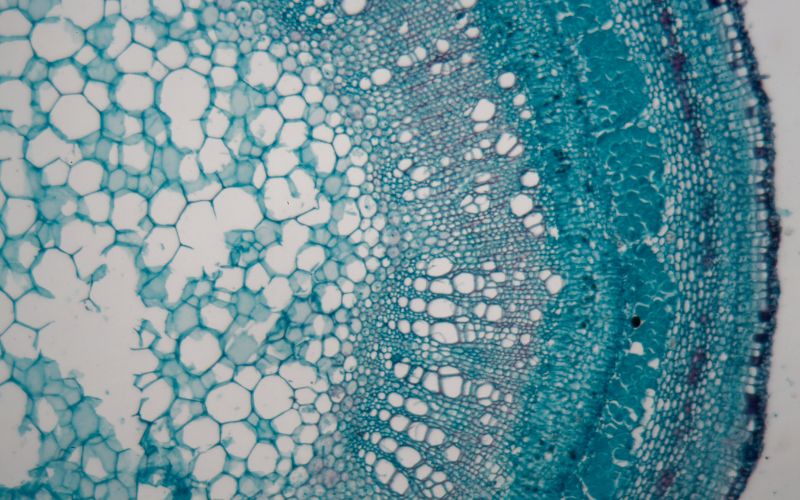Stem cells, with their remarkable regenerative capabilities, hold the key to unlocking the body’s innate healing potential. This essay delves into the intricate mechanisms of stem cells, exploring how these versatile cells contribute to tissue repair and regeneration. By understanding the underlying processes, we can harness the healing power within and pave the way for innovative therapeutic approaches.
- The Building Blocks of Life: Stem cells are the foundation of life, serving as the building blocks from which all specialized cells and tissues develop. Their unique ability to self-renew and differentiate into various cell types makes them essential for embryonic development and tissue regeneration throughout life. By studying these cells, scientists gain valuable insights into the fundamental principles of cellular differentiation and regeneration.
- The Extracellular Environment: Nurturing Stem Cell Potential: The microenvironment in which stem cells reside, known as the stem cell niche, plays a critical role in regulating their behavior and fate. The niche provides essential signals and cues that determine whether a stem cell remains undifferentiated, self-renews, or differentiates into specific cell types. Understanding the intricate interplay between stem cells and their environment is crucial for manipulating their behavior and optimizing their therapeutic potential.
- Self-Renewal and Proliferation: Sustaining a Lifelong Source: One of the defining characteristics of stem cells is their ability to self-renew, ensuring a constant supply of undifferentiated cells throughout an organism’s lifetime. This self-renewal process is tightly regulated by complex molecular signaling pathways, ensuring the maintenance of a pool of stem cells for tissue maintenance and repair. Studying these mechanisms holds the key to unlocking the vast therapeutic potential of stem cells.
- Differentiation: From Stem Cells to Specialized Cells: Stem cells possess the remarkable ability to differentiate into specialized cell types, such as neurons, muscle cells, and blood cells, among others. This process is orchestrated by intricate networks of gene expression and signaling pathways that guide the cells towards their specific destinies. Understanding the molecular mechanisms that drive stem cell differentiation allows researchers to control and direct their fate, opening doors for tissue engineering and regenerative therapies.
- Paracrine Signaling: Communicating for Healing: Stem cells communicate with their surrounding cells and tissues through paracrine signaling, releasing various bioactive factors that modulate inflammation, promote cell survival, and stimulate tissue repair. These secreted factors, including growth factors, cytokines, and extracellular vesicles, contribute to the therapeutic effects of stem cell-based therapies. Unraveling the complex signaling mechanisms involved enables researchers to optimize therapeutic interventions and enhance tissue regeneration.
- Immunomodulation: Bridging the Gap: Stem cells exhibit unique immunomodulatory properties that have significant implications for regenerative medicine. They can modulate immune responses, suppress inflammation, and promote tissue healing in various disease conditions. Understanding the immunological interactions between stem cells and the host immune system is crucial for developing effective therapeutic strategies and improving outcomes in transplantation and autoimmune diseases.
Conclusion: Stem cells hold immense promise in the realm of regenerative medicine, thanks to their extraordinary healing potential. By unraveling the mechanisms that govern their behavior, self-renewal, differentiation, and therapeutic effects, we gain deeper insights into how to unleash their full healing power. Continued research and understanding of stem cell mechanisms will pave the way for groundbreaking therapeutic interventions, revolutionizing the treatment of various diseases and opening new frontiers in regenerative medicine.

